On an island like Corfu, with huge rainfall and rich and inexhaustible water table, one would expect that the water supply of the city of Corfu with plenty of good quality water would be an easy task, but this is not the case.
The water supply of ancient Corfu
Indeed, this was the case in ancient times when the ancient city was situated on the peninsula of Kanoni and took water from the local sources of Kardaki, and today named Vrisoula.
Water resources were enough even for the ever-growing city to the south, also wells were opened everywhere and gave good quality water.
That was also one of the foremost reasons for the choice of the city’s position by the first Greek settlers from Corinth.
The problem of water shortage in Corfu
After the 6th century AD, however, things changed.
The ancient city, already devastated by invaders abandoned by its residents who chose the new position with the sole criterion of safety.
So, as the core of the new city was selected, the steep ridge land of the old fortress and the land in front of it was the position for the extended new city.
Since then, the problems started because the subsoil of the old fortress and the city could only afford but only poor quality brackish water, which was not enough for a city that wants to grow and develop.
So right from the ‘ principle became apparent that infrastructure was needed capable of carrying water to the city from nearby sources, especially from the old source of Kardaki, which at the beginning was done by animals and humans due to its proximity.
The Roman aqueduct
The Romans first between the 1st and 2nd century AD during the Pax Romana era, created the first aqueduct network in Corfu and transported water from the source of St. Gourgis, source Lartourou in Vryoni area, and the source of Chrisiida.
Because of the low altitude of the sources, the Romans built a pumping mechanism that raises the water tank to altitude so which then leads to the system of the city with a natural flow.
How they did do that is described in the book of Tassos Katsaros …
Water supply during the Middle Ages and the Venetian period
During that period, the water supply of Corfu town was based primarily on the Roman aqueduct with small improvements and repairs. Data for this period are not well known, as at that time, very little attention was given to water and sanitation systems.
And the Venetians later continued to use the Roman aqueduct; they improved its efficiency by constructing large tanks in the city, which they filled with water from all around the city’s available sources and especially from the source of Kardaki.
In times of drought, however, the problem of water scarcity, especially for the poor people, took tragic proportions, especially during the summer months when either the mills were not in operation due to lack of water, or there was no flour.
The aqueduct of Commissioner Frederick Adam in Benitses
The period of British occupation finds Corfu with known problems, then the British High Commissioner, Sir Frederick Adam, decided to give a definitive solution to the problem by transferring plenty of fresh drinking water from the source of Carteri and St. Nicholas in the area of Benitses.
On October 18, 1830, in the Senate, he proposed the construction of an aqueduct in Benitses within 6.5 miles and at an altitude of 55 meters; the project budget was then 19,386 pounds.
The Senate unanimously accepted the proposal of Sir Adam, and the water supply of the city from the new aqueduct began with a majestic ceremony in the Esplanade square just 10 months later on August 7, 1831.
The fact that pure and clean water was imported to town for the first time was an event of huge importance for the citizens of Corfu.
Sir Frederick Adam made several other projects, and also his wife was a local Corfiot, for certainly was the most likable commissioner who passed from Corfu.
Unfortunately, this project was to give a permanent solution to water supply problems.
Due to various defects in some parts, damages to pipelines, low altitude of the intermediate reservoir of Perama, wastage, and the always-growing demand, the problem returned.
Also, mills operating in Benitses contaminated the water with residues of flour, so the water arriving in Corfu was contaminated. The expropriation of the mill was impossible because of the high cost, but mostly because they were necessary to grind the wheat.
In 1875, the mills were purchased, and this solved the problem of haze, but also additional important projects were needed to improve the flow and the amount of water that reaches the city.
In 1908, after the proposal of engineer P. Loprestis for a new water barrier, the so-called Gallery of Agia Pelagia was built in the Benitses aqueduct where the sources were. Also, at this time, many old pipes were replaced in the city center.
In 1926 after studying of engineers Gounaris and Georgalas, a pipeline was constructed at the mouth of Halikiopoulos lagoon, under the bridge that connects Perama with Corfu in front of the airport, which filled a huge reservoir on the top of Analipsis in Kanoni, so the aqueduct took the form which has about until today.
The aqueduct in recent years
In recent years, the water demand has increased dramatically, and sources in Benitses have been affected due to faults in the network, waste, and large leaks from the years can not fully supply the amount needed.
Many ways and projects have been proposed and have been done, most without success, as the failed experiment of water softening in Perama, which closed due to high cost.
Attempts were made and several new sources added in the system, causing the problem of quantity to disappear, but the problem of hardness due to the poor quality of water sources at Chrisida, Gardiki, and Tzavrou area remains.
Photos with texts from the Book of Tasos Katsaros
Conclusion
This page is based solely on data and photos from the book of Tassos Katsaros ” THE ANCIENT ROMAN AQUEDUCT OF CORFU”, the book refers to the ancient Roman aqueduct and in an extra added Annex deals with all subsequent works that have been done during followed centuries on the complex problem of water supply of the city of Corfu.
In the above pictures, there are pages with the original text of the book that contain all the details of the history of the aqueduct.
The material came into our hands in the form of digital photos from our friend and fellow citizen Alekos Stratigos, whom we thank.
It becomes obvious that the aqueduct in Benitses is a very important piece of history for our village, and maybe some younger people should start thinking and look for ways to harness this…..






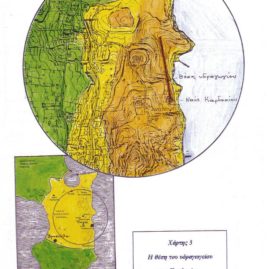
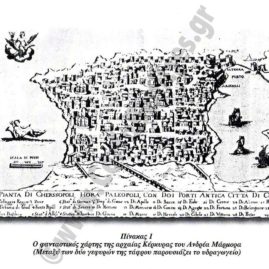


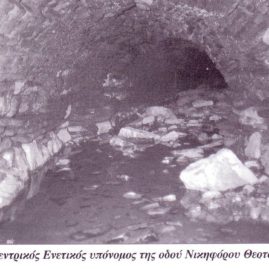
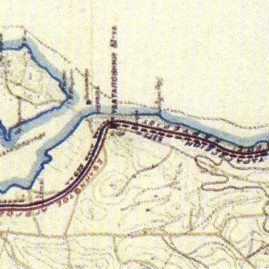

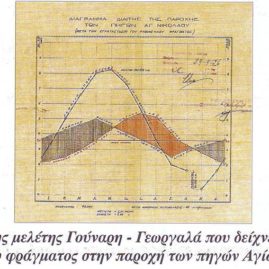





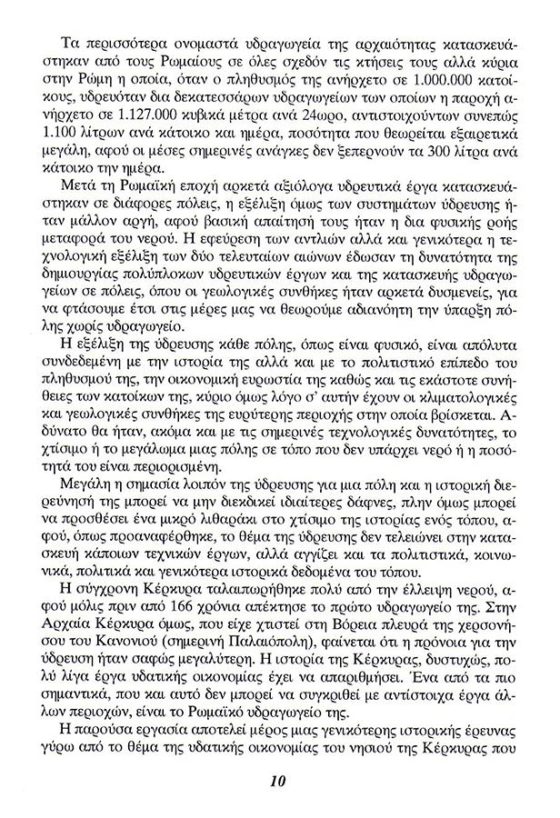

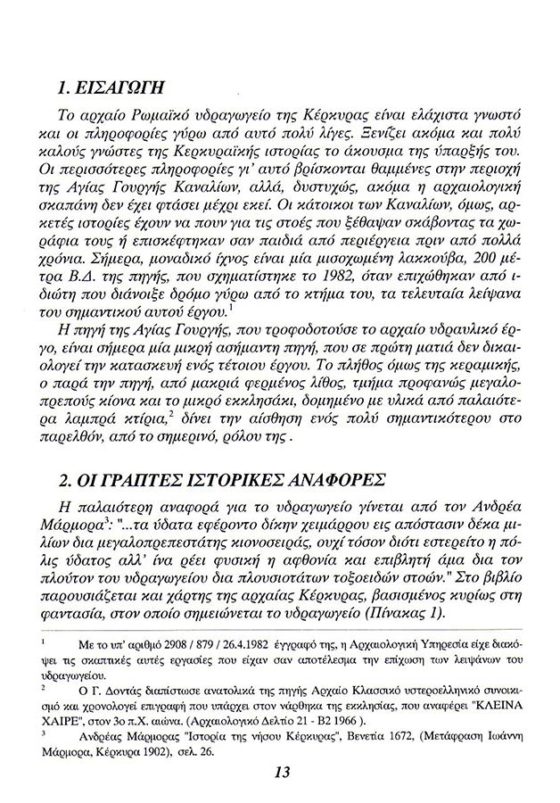
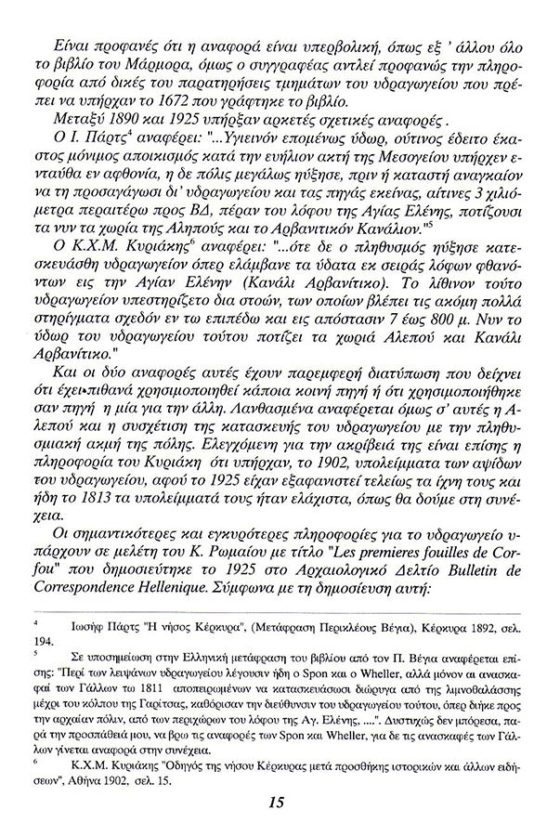

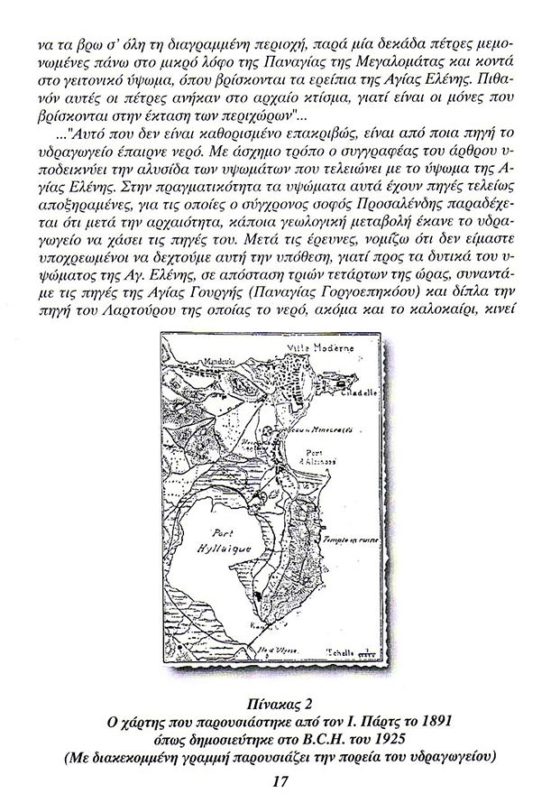
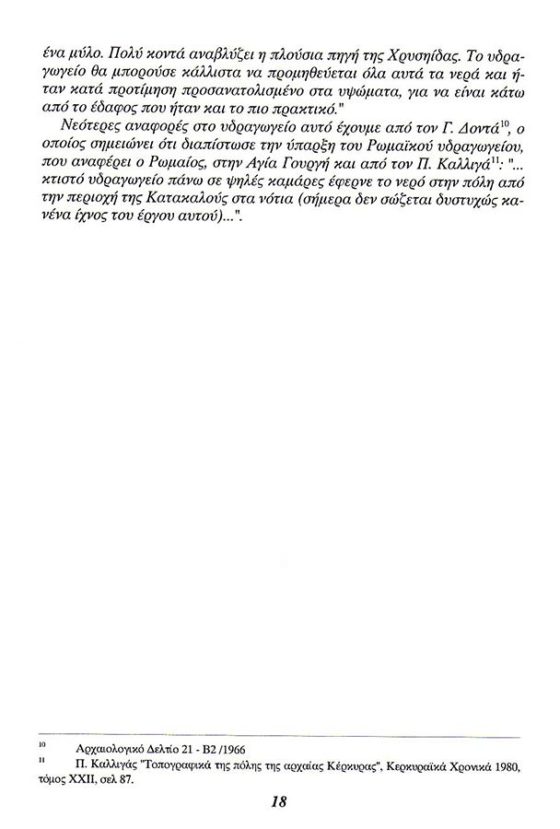

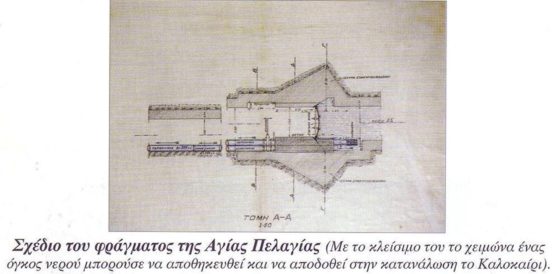
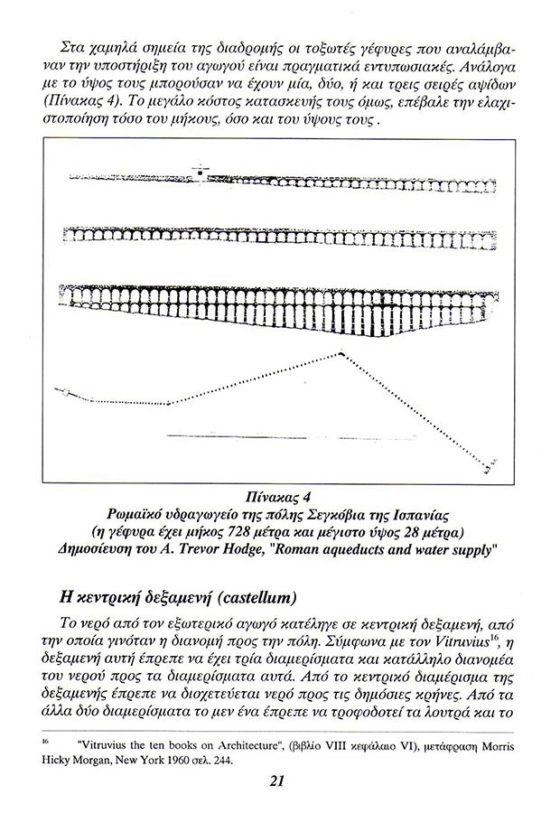
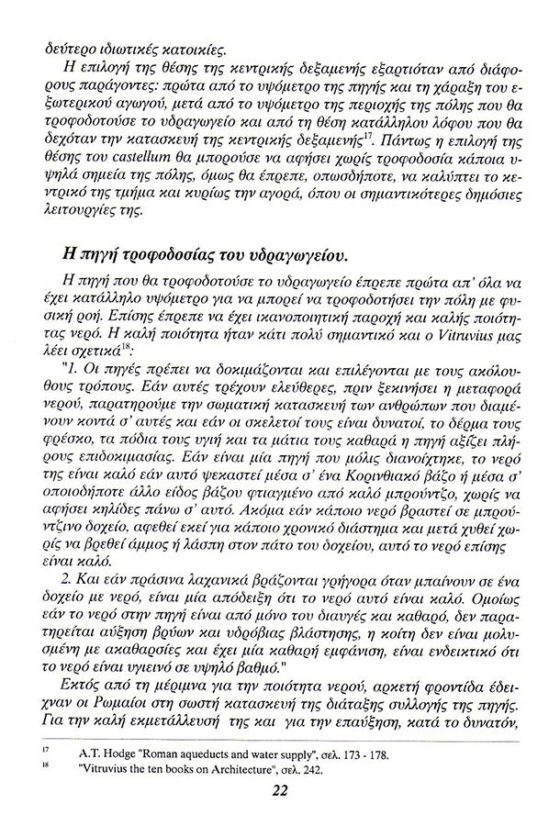
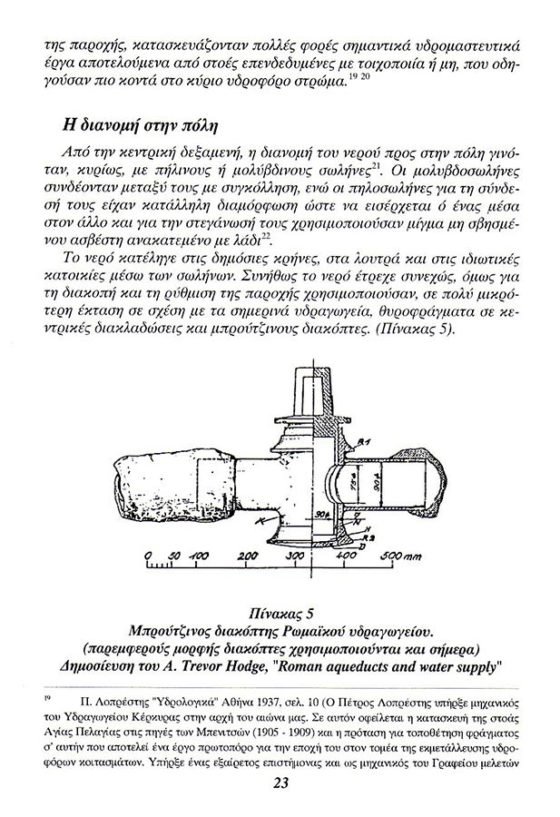
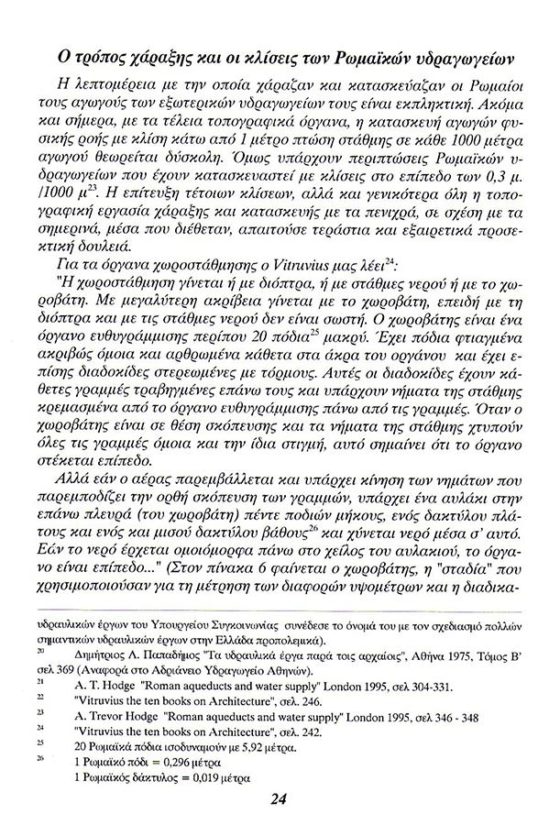

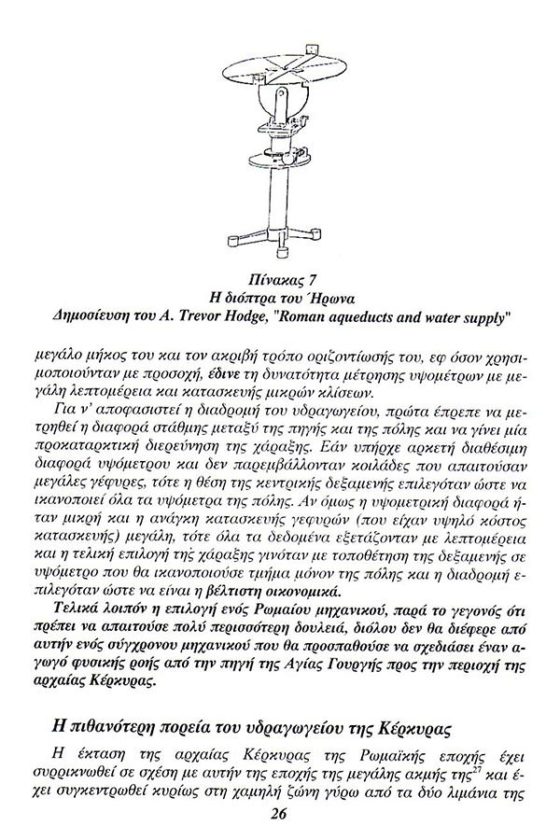
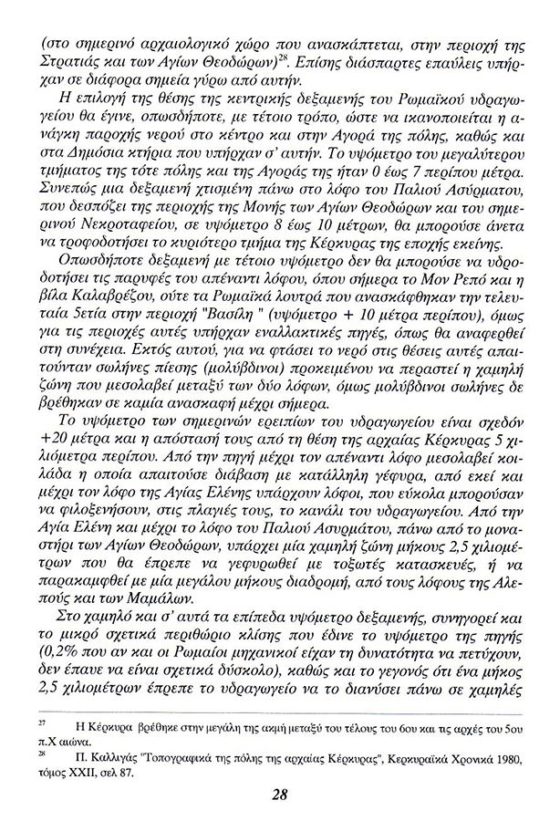




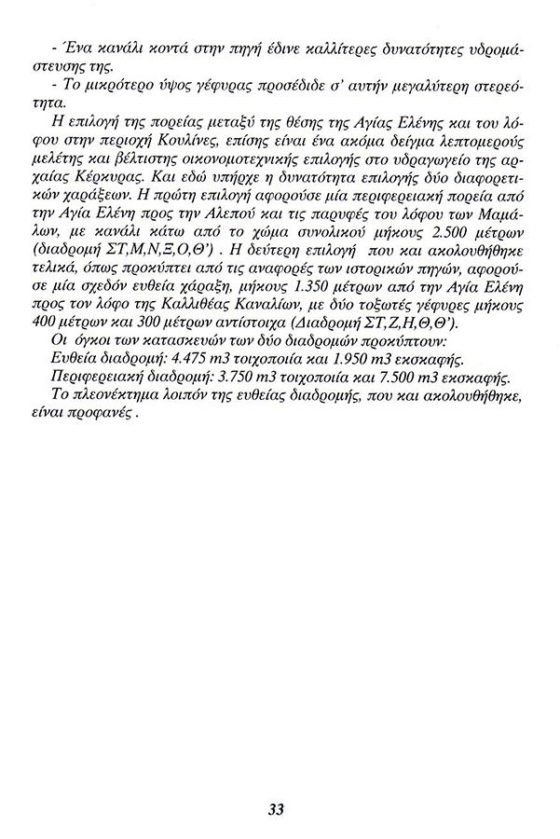


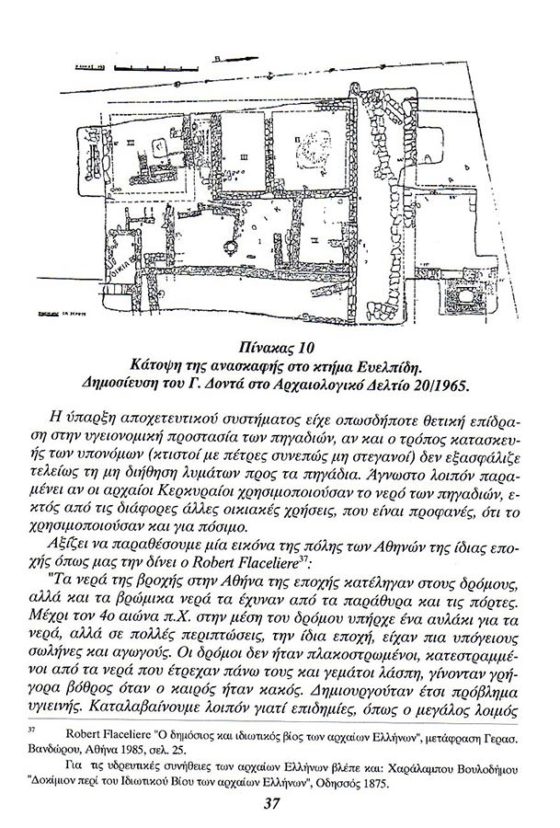


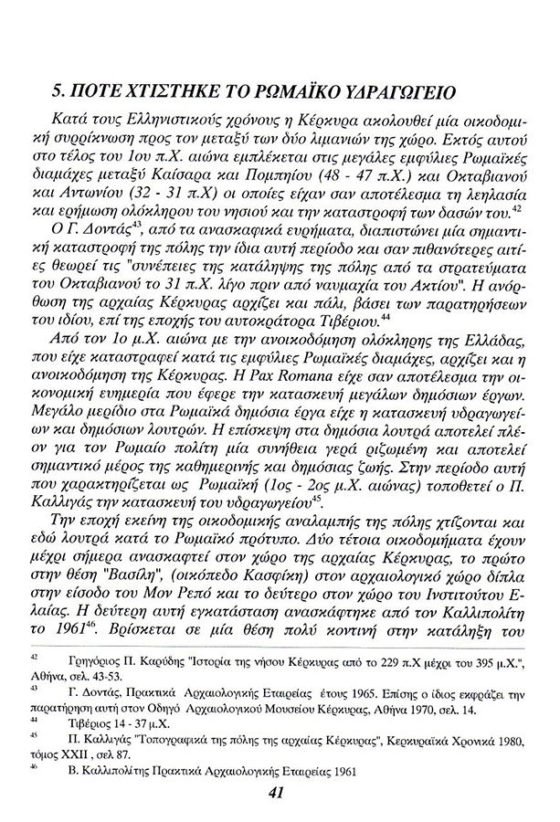

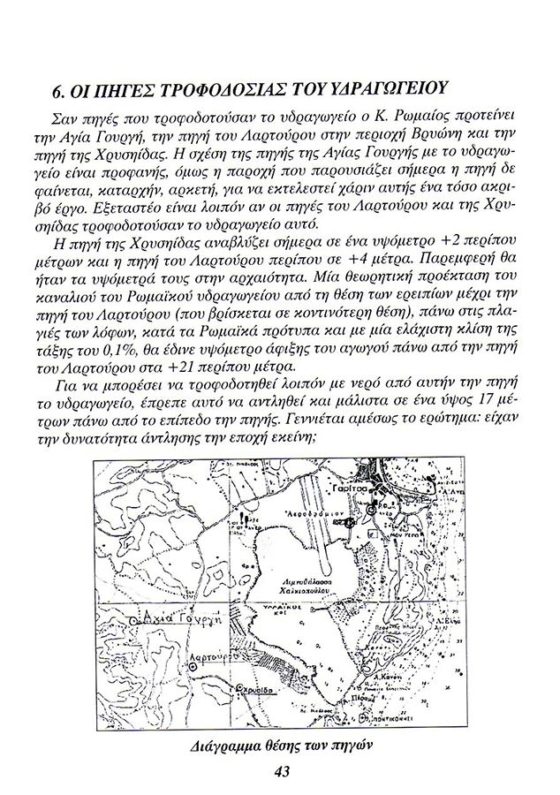

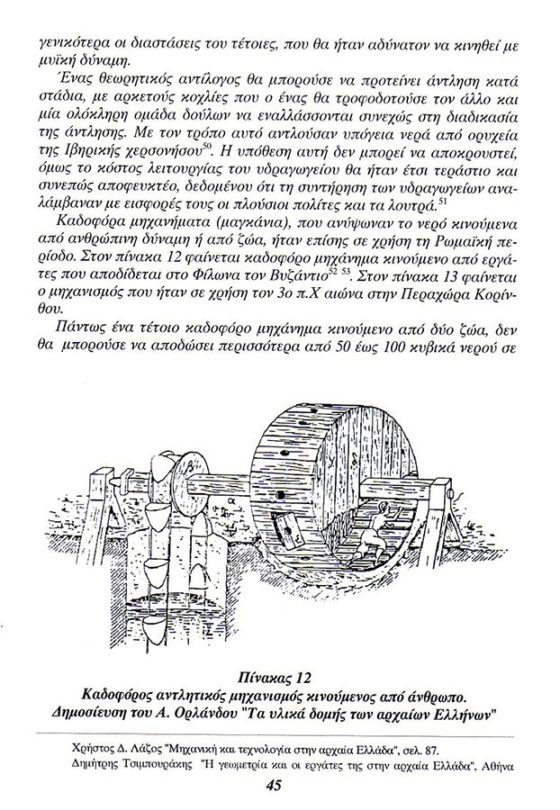
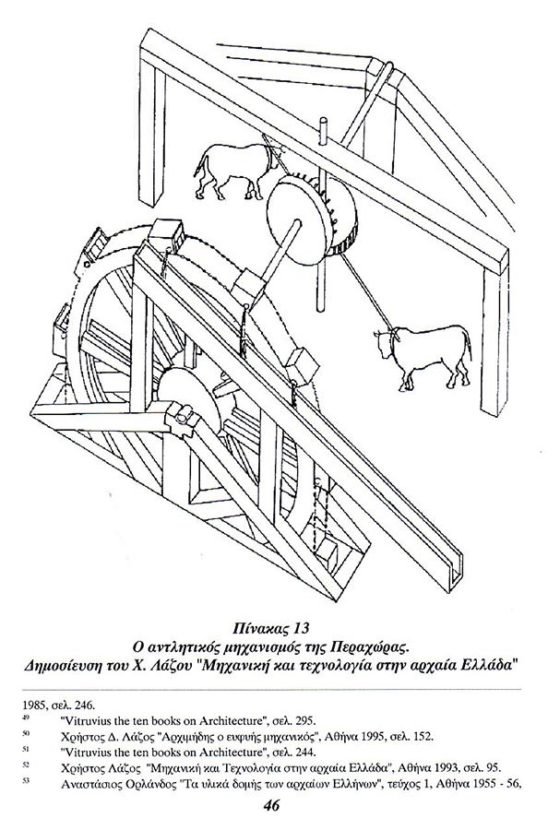
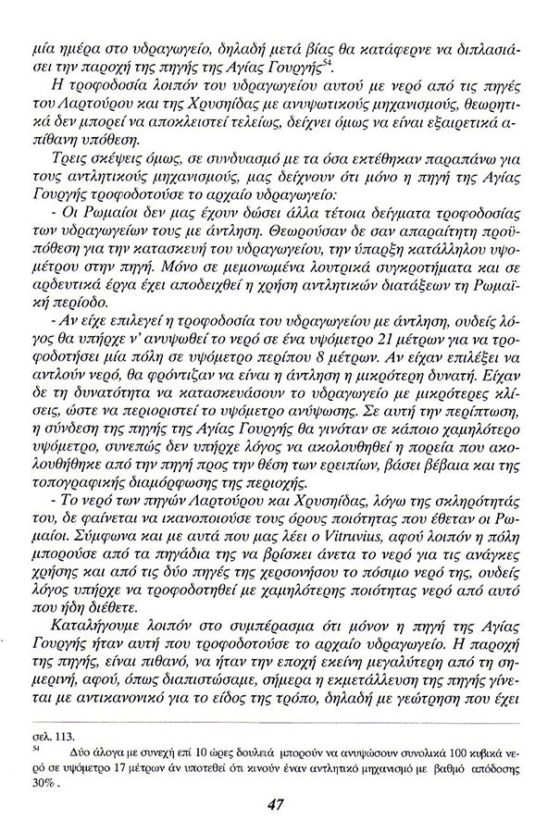







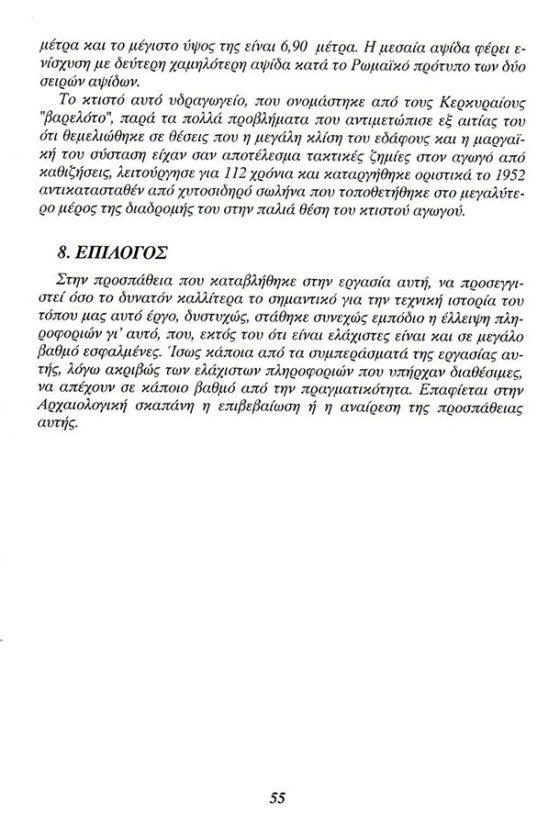





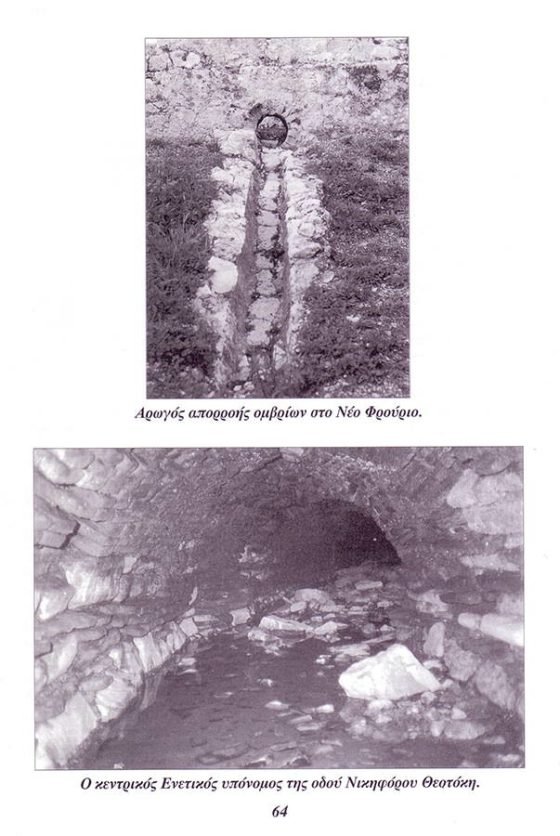
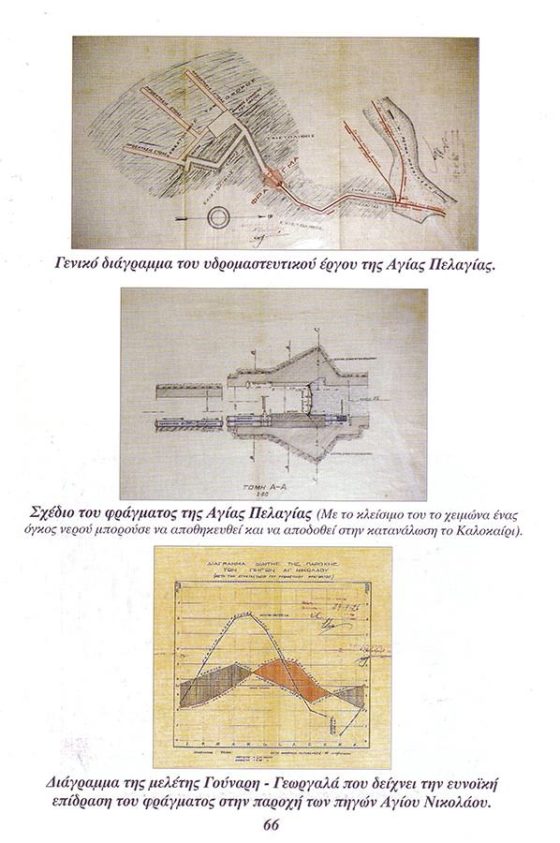
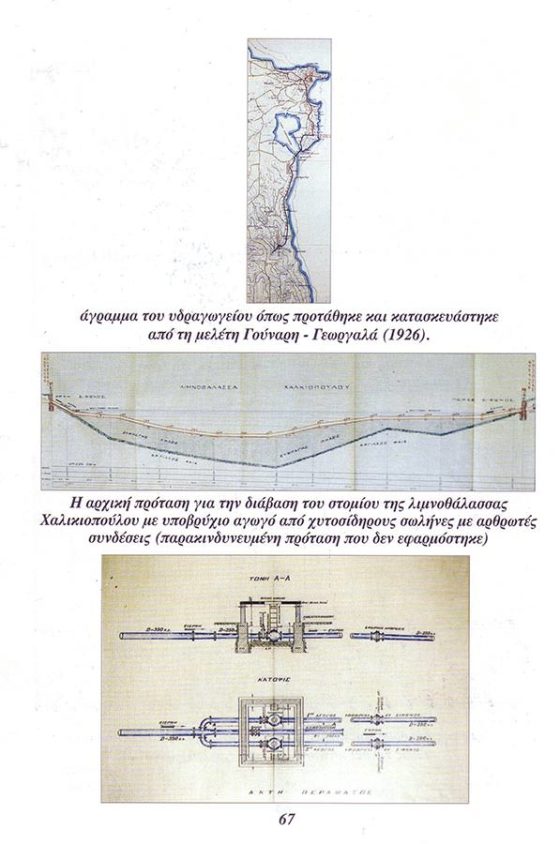

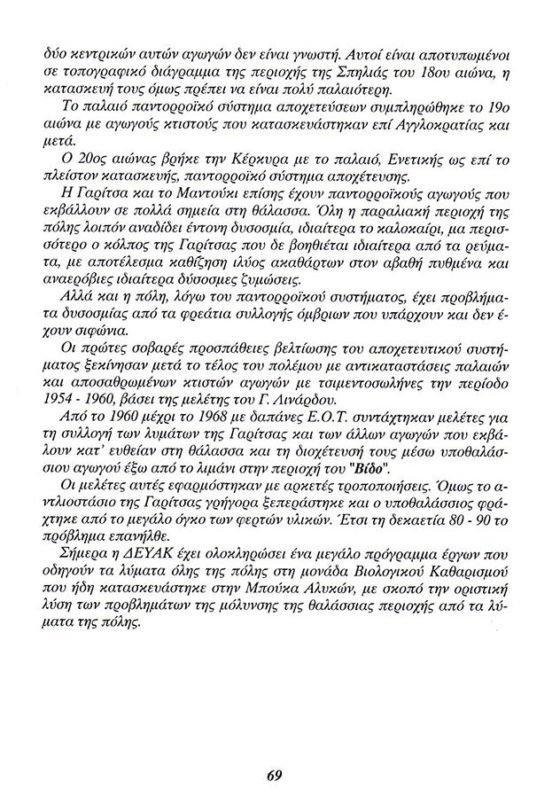
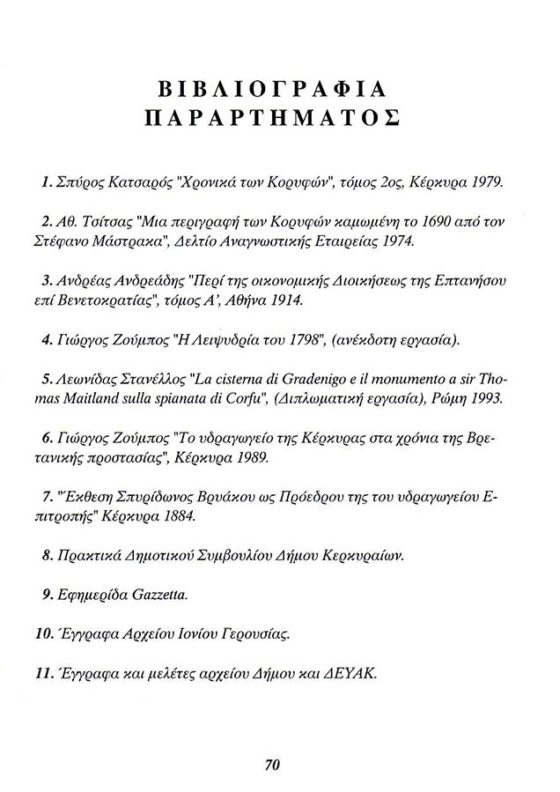

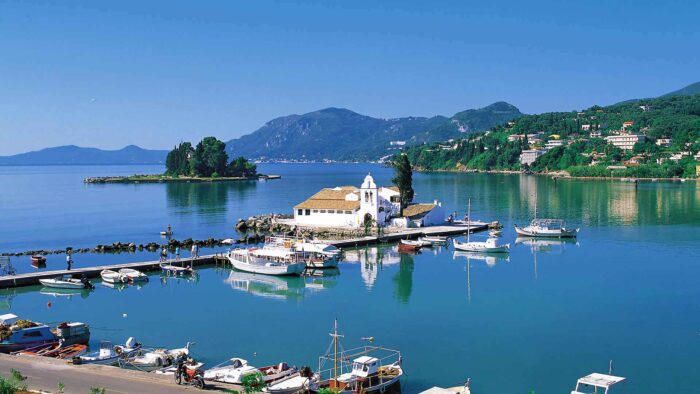
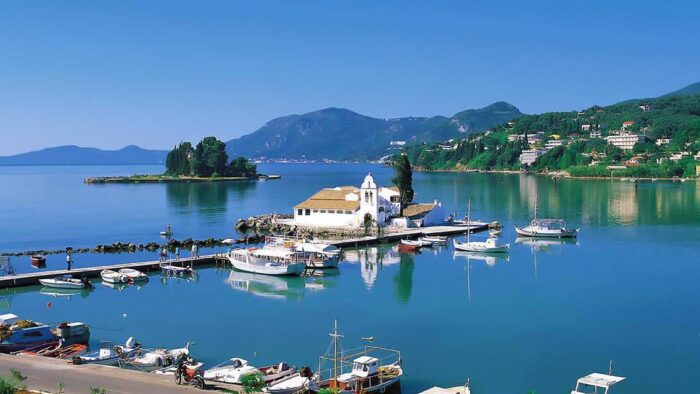
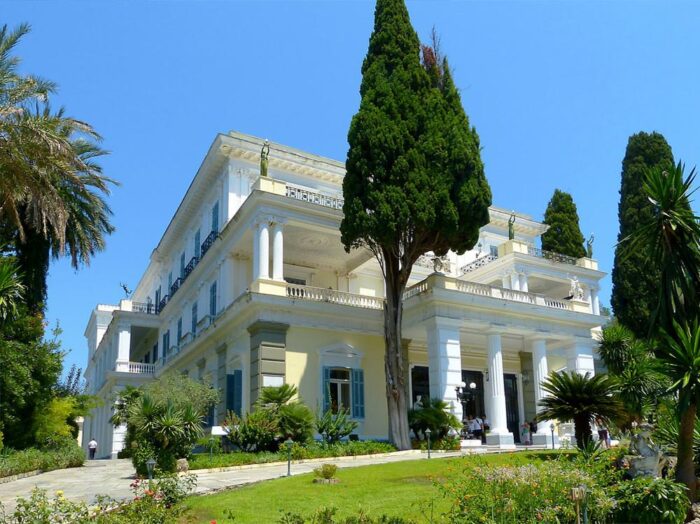
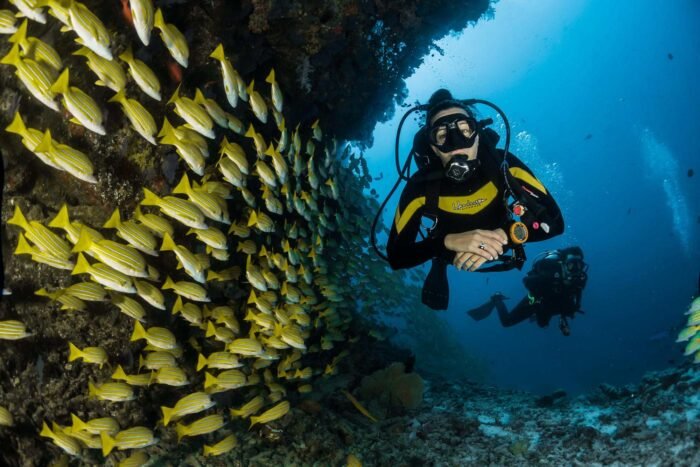
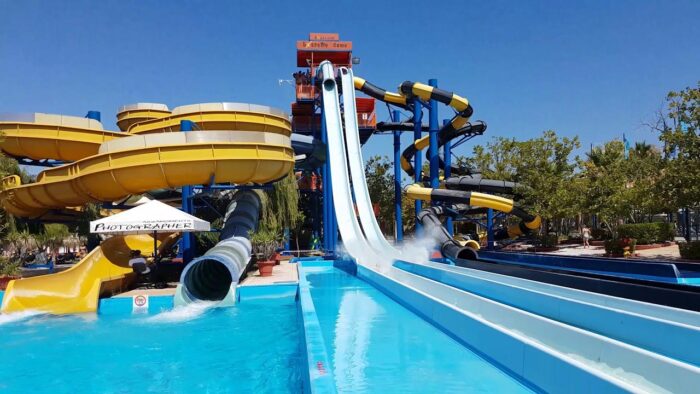
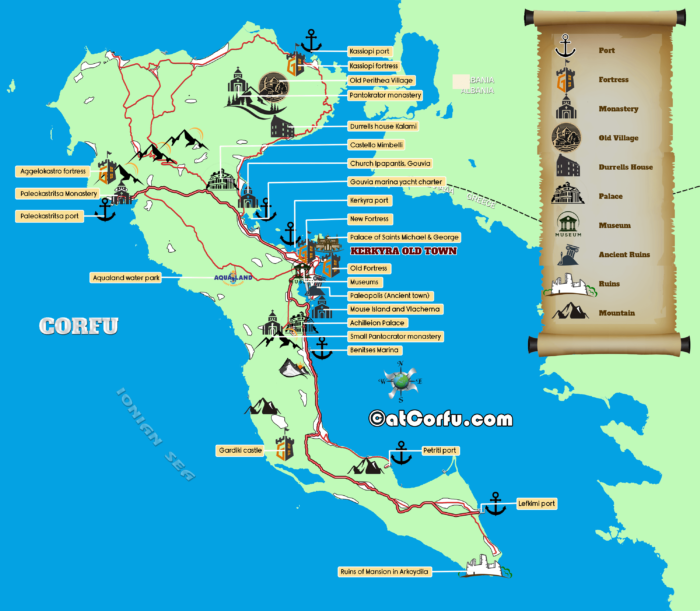
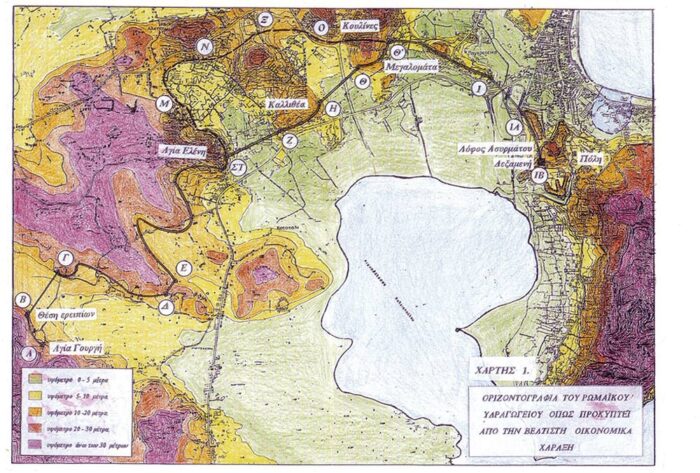
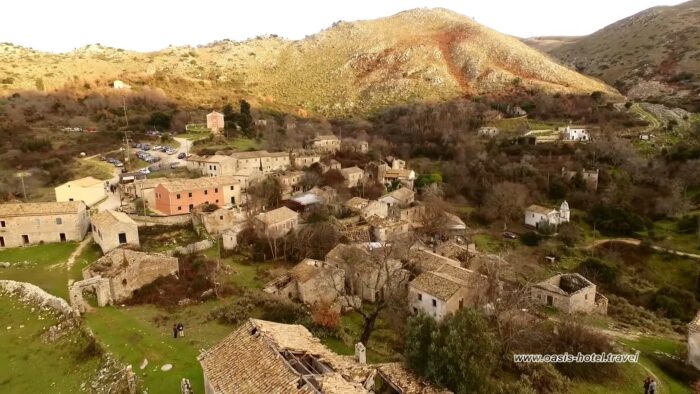


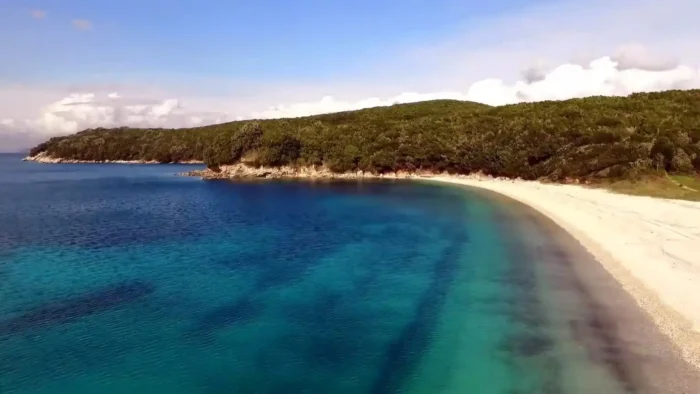

Comments